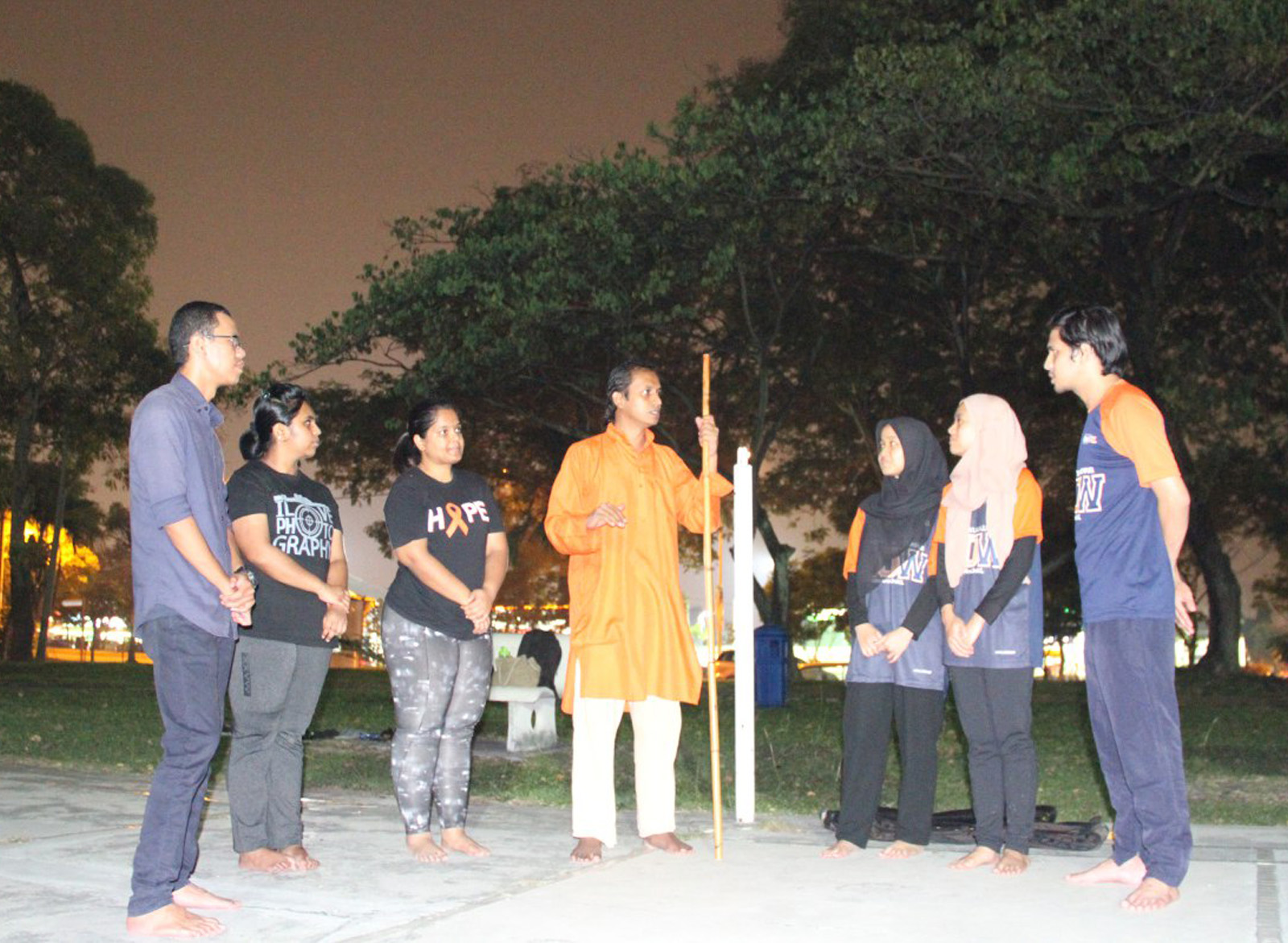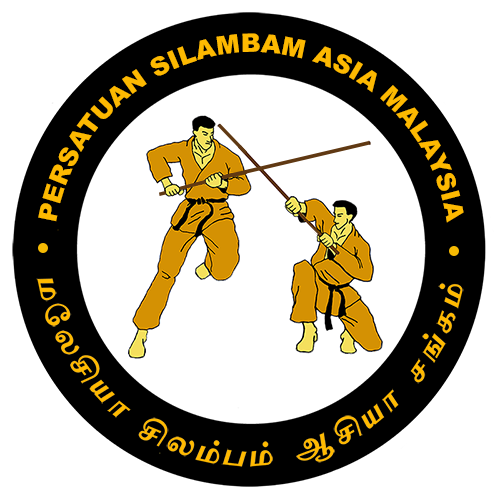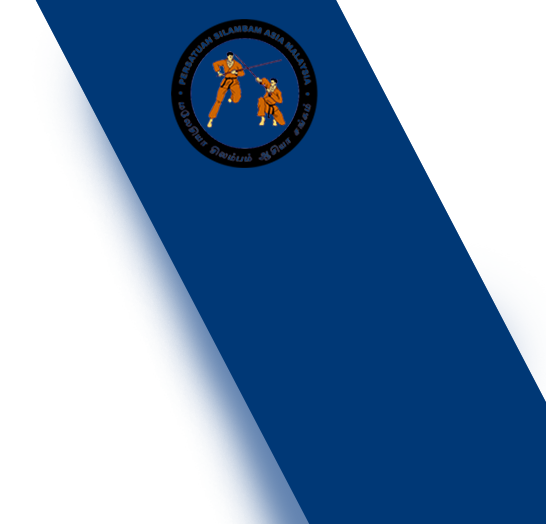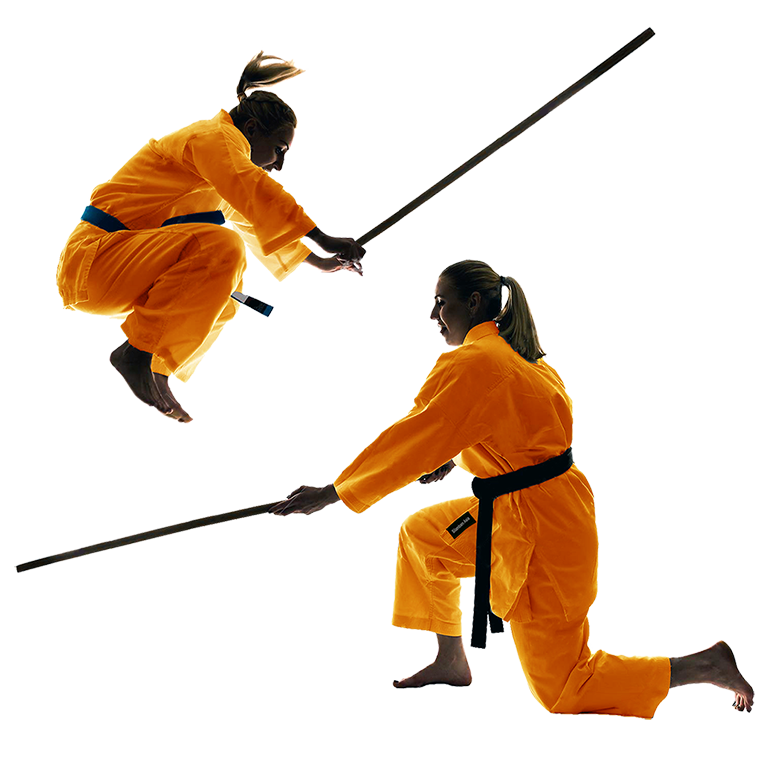
Kuttu Varisai
Published: 18 April 2025 by Guruji Murugan Chillayah
Kuttu Varisai, a traditional Dravidian martial art from Tamil Nadu, emphasizes unarmed combat techniques. The term translates to "sequence of punches," reflecting its structured approach to strikes, blocks, and movements. Practitioners develop agility, coordination, and reflexes through disciplined training.
This martial art incorporates animal-inspired movements, mimicking the agility of monkeys, the strength of tigers, and the grace of snakes. Such forms enhance adaptability and strategic thinking in combat scenarios. Additionally, Kuttu Varisai includes grappling, throws, and joint locks, providing a comprehensive self-defense system.
Training in Kuttu Varisai not only builds physical prowess but also instills mental discipline and confidence. The practice demands focus, perseverance, and respect for the art's traditions. These qualities extend beyond the training ground, benefiting practitioners in daily life.
For those interested in martial arts, Kuttu Varisai offers a unique blend of cultural heritage and practical self-defense skills. Engaging in this art form connects individuals to a rich history while promoting personal development and empowerment.
Engaging with these traditional arts offers more than physical skills; they provide avenues for personal growth, cultural connection, and holistic well-being. Whether seeking fitness, self-defense, or inner peace, each discipline presents a rich and rewarding journey.
Frequently asked questions
Silambam is a traditional Indian martial art emphasizing rattan or bamboo staff techniques, other Indian traditional weapons, and dynamic footwork.
Yes, Silambam welcomes beginners, starting with foundational footwork, unarmed practices (Kuttu Varisai), and basic staff handling techniques.
Practicing Silambam enhances flexibility, cardiovascular endurance, coordination, and overall physical fitness levels.
Yes, students can engage in local and international tournaments and cultural performance events.
Progression varies; each belt level generally requires 3–6 months of consistent training.






